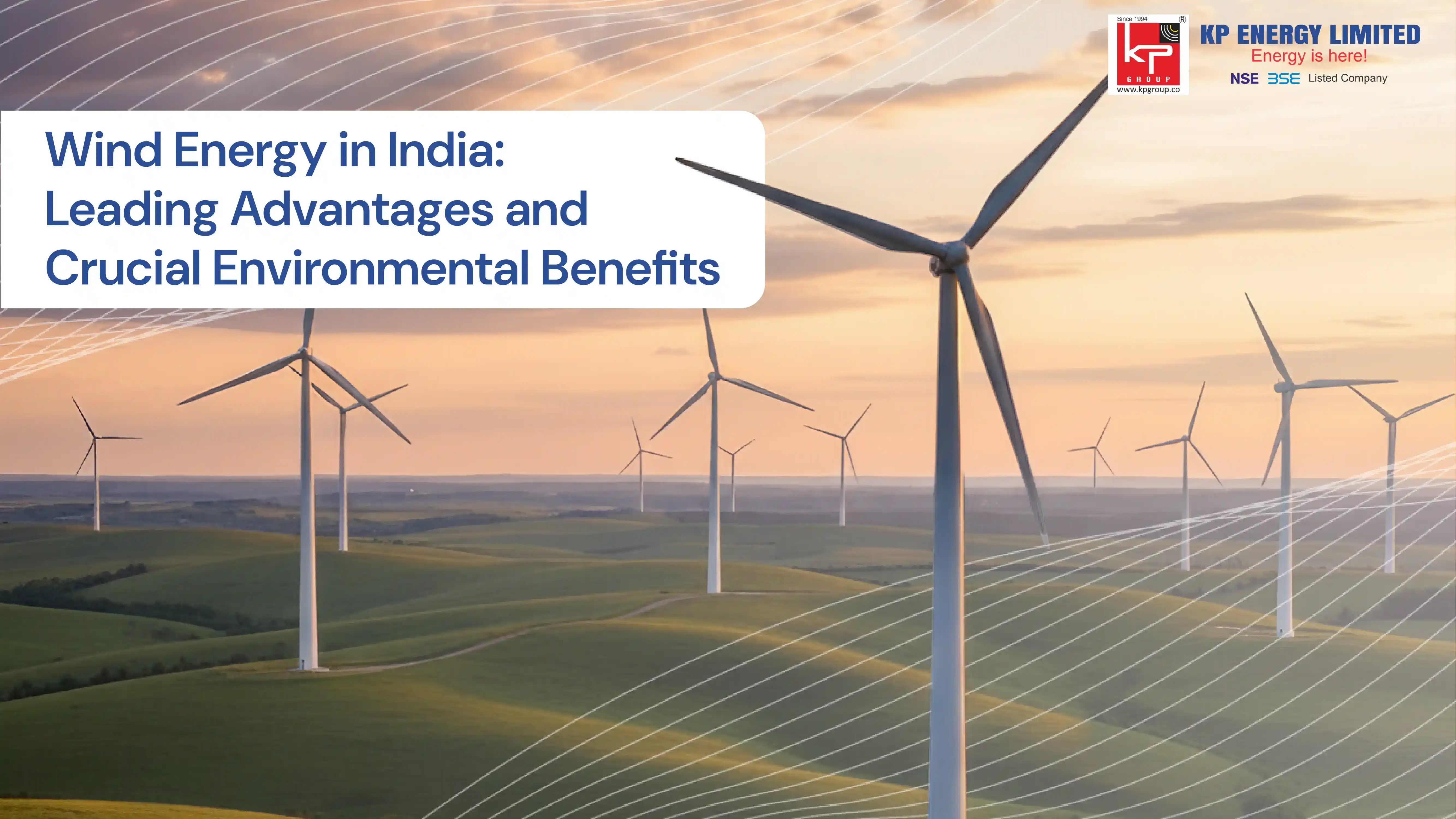I’ve worked with wind turbines, solar panels, and industrial power setups long enough to know technology rarely moves in a straight line. Articles promise the next big thing every month, but on the ground it looks different. Still, the future of wind farms and the growth of captive solar power plants are being shaped by some important innovations. For those of us in the field, it’s both exciting and messy.
The New Face of Wind Farms
Traditional wind farms with tall towers and three blades have been around for decades. Modern wind farms are smarter. Sensors, IoT devices, AI-driven predictive maintenance. These things change how turbines work. A blade that once might crack after a few years now triggers alerts before it fails.
Not all turbines are built for maximum efficiency and that isn’t always a problem. A less efficient turbine in a better spot can outperform the “perfect” one. The future of wind farms is about smarter decisions, faster responses, and better integration with the grid.
Offshore installations are growing too. They face harsh marine conditions but new floating foundations, remote monitoring, and drones for maintenance make them practical. These technologies will shape wind power in the next decade.
Captive Solar Power Plants Energy on Your Terms
Captive solar power plants serve a single facility or campus and are becoming more common. The appeal is obvious: predictable energy costs, less reliance on the grid, and greener operations. Technology is turning them from optional to essential.
Energy storage is a big factor. Solar used to only help when the sun was shining. Now batteries and hybrid systems let facilities store energy for night or peak hours. Smart inverters and AI-driven demand management make captive solar not just self-sufficient but strategic.
Modularity matters too. Industrial operators don’t want to redo their entire setup for solar. Modern solutions allow phased deployment. Start small, scale up. Add storage gradually. Monitor performance in real time. Flexibility is key.
When Wind and Solar Intersect
It gets more interesting when wind farms and captive solar plants work together. A facility can use its solar plant and supplement it with wind from a nearby micro-wind farm. AI systems optimize energy based on weather, prices, and maintenance schedules.
I’ve seen setups where solar and wind complement each other so well that the facility barely touches the grid. This isn’t only for large factories. Even mid-sized enterprises are trying hybrid energy models. It works.
Tech That’s Changing Everything
Other innovations quietly change energy infrastructure. New materials for blades, predictive algorithms, blockchain for energy trading. Each alone is minor, but together they improve efficiency and reliability. Tech isn’t perfect. Sensors fail, weather models are not always accurate, batteries degrade faster than expected. The future of wind farms and captive solar plants is smarter and adaptive, but still complicated.
A Personal Take
Ten years ago I would have said an industrial facility could run mostly on self-generated wind and solar only in theory. Today it happens. The future of wind farms and captive solar power plants is being built now, piece by piece. This shift isn’t just about costs or environmental goals. Facilities gain control, resilience, and planning power. I tell clients to focus on systems that give options and adapt as regulations and conditions change. Technology drives the evolution, but human judgment turns it into value. Machines monitor, algorithms predict, batteries store. Engineers, operators, and managers make it work.









